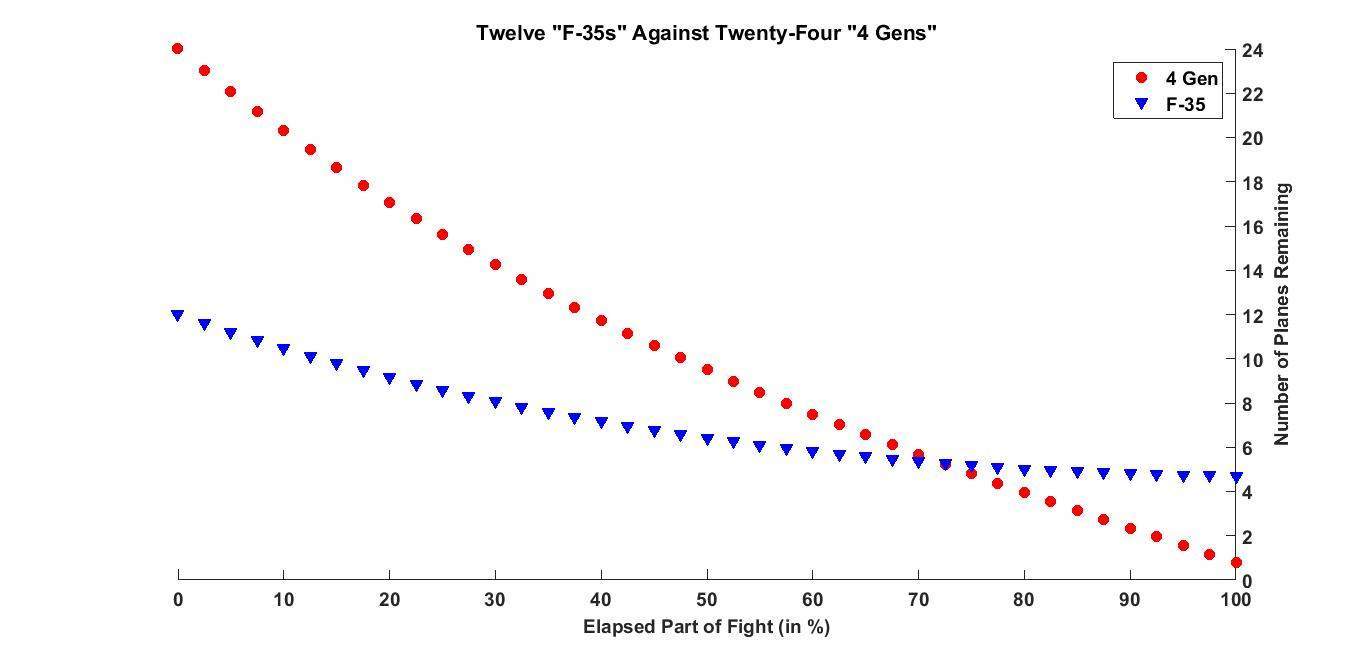A BVR launch implies that an initial targeting solution has been found. The process getting to the initial targeting solution is the contentious point because the context of the conversation is about the PL-15's ability to engage at a distance of 200 kms. You need a corresponding radar that offers that range capability. So far no one is able to come up with "how" besides the notion of using AWACs (which is a separate conversation altogether). The most recent widescale air to air combat was the first Gulf war. On average BVR detection was at 70 kms and kills were at 20 kms with a Pk of 54 %..(Source Air to air trend CSBA) .
Yes but that is long ago, generations of radars and electronics have moved on.
The F-16V will not sit idle to let a lock on without corresponding ECM being automatically deployed. Its AN/ALQ-211 will pick up the emission and that a radar lock is attempted based on the nature of the waveform when mapped against its EID threat library. The An/ALQ-211 is a fully integrated RWR and DRFM jammer with wideband tracking. It has the capability of not only able to identify the nature of the threat emission but also the ability to geolocate its source.
This is typical, and not exclusively special, of any ESM/ECM from ship to planes.
Typically it requires 7 to 10 dB more jamming power to break the lock of a tracking radar than to prevent a radar lock (Source: Journal of Electronic Defense January 2018). As I mentioned in a previous post, distance is to the jammer's advantage based on radar equation. I therefore question the whole notion of an effective launch at such a distance when considering ECM being in play and historical data.
Except here, if jammed the AAM can switch to a HOE (Home on Emissions) mode and lock into the jammer itself.
Please don't mistake that a tracking radar requires a lock to launch a BVR missile other than a SARH type. You only need a "weapons quality track" and the actual lock is done by the missile. Since this is done over a distance, the jamming signal may not be strong enough against the original or home tracking radar, and even then the tracking radar has its own ECCM measures to reject the jamming or spoofing signals.
Once the distance closes (whatever that might be), the PL-15 launch platform is at risk because its position is already exposed and itself is likely subject to a similar radar lock. In the example associated with a launch with mid course update, that can only happen if a lock can be maintained when the launch platform itself is subject to a threat requiring maneuver. That is a big if. The towed decoy is a terminal defense activation when the on board self protection probably failed to break the lock. Studies and history has demonstrated that it is effective as a terminal defense.
The idea that there is an incoming missile launched from the type of distance under discussion and somehow the target is actively tracked but unaware is just not supported by the capabilities of digital RWR in modern ECM systems.
The target is aware that it is being tracked and scanned under an enemy radar under TWS (Track While Scan). But Track While Scan is used in all search radars to do track and scan at the same time ---
even without firing anything. In fact the majority of the time TWS does isn't firing anything. So how are you going to tell from all the TWS going on which one hasn't and which one has already launched a BVR missile? Furthermore, what happens if the TWS is being done in LPI conditions? So at best, the target knows he is being scanned and tracked, but he is not sure if an ARH missile is fired. If LPI is used, he may not be aware that he is being tracked and scanned as the scanning signal may resemble clutter, which radar systems will filter out.
Of course, this works both ways.
I am not sure what you mean if the PL-15 launch platform is already exposed given that TWS can be conducted a good distance away. In case if the missile loses updates, a BVR missile would continue based on the coordinates from its most recent update, and until it is updated again. If there are no updates it will reach those coordinates and the seeker turns active to hunt for any target including friendlies within its catch basket.

